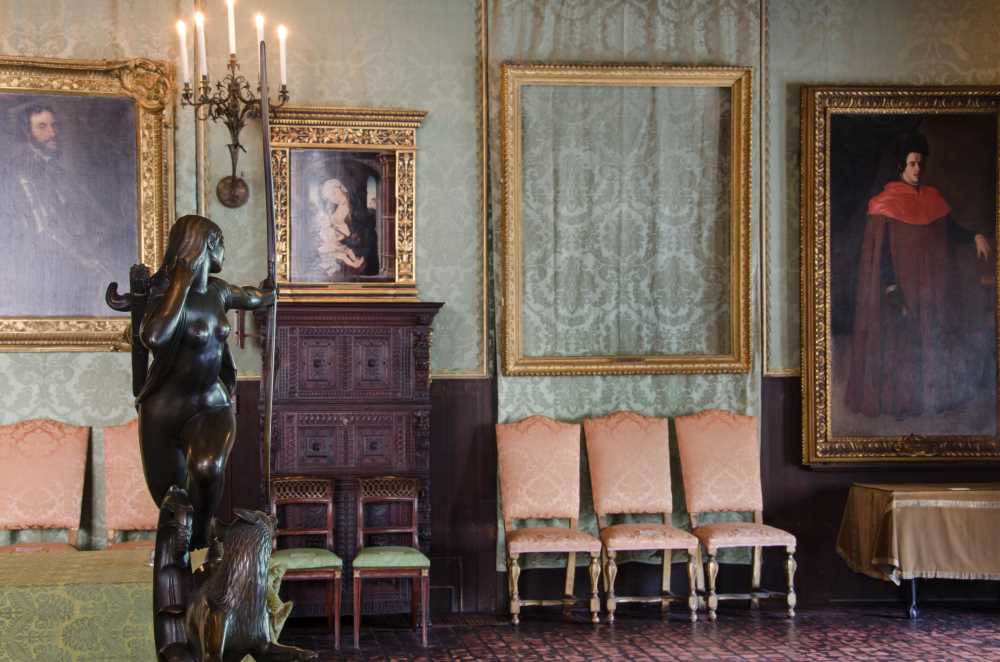The Strategic Importance of Documenting Cultural Heritage
The preservation of cultural heritage is not just about safeguarding artifacts but a fight against illicit trafficking. Having detailed records is pivotal. Yet, challenges remain. With stolen artworks and gaps in documentation, adopting international standards is Mexico's path forward.

The preservation of cultural heritage is more than just maintaining monuments or safeguarding historical artifacts; it's a fight against the illicit trafficking of archaeological treasures and artworks. These documented records serve as a roadmap to our artistic and historical lineage, offering profound insights into our past.
As Pedro Ángeles Jiménez, head of the Information Unit for the Arts (UNIARTE) at UNAM's Institute of Aesthetic Research (IIE), eloquently stated, “Having good data is a guarantee of achieving a harmonious relationship between protection, enjoyment, and knowledge of our cultural heritage.”




